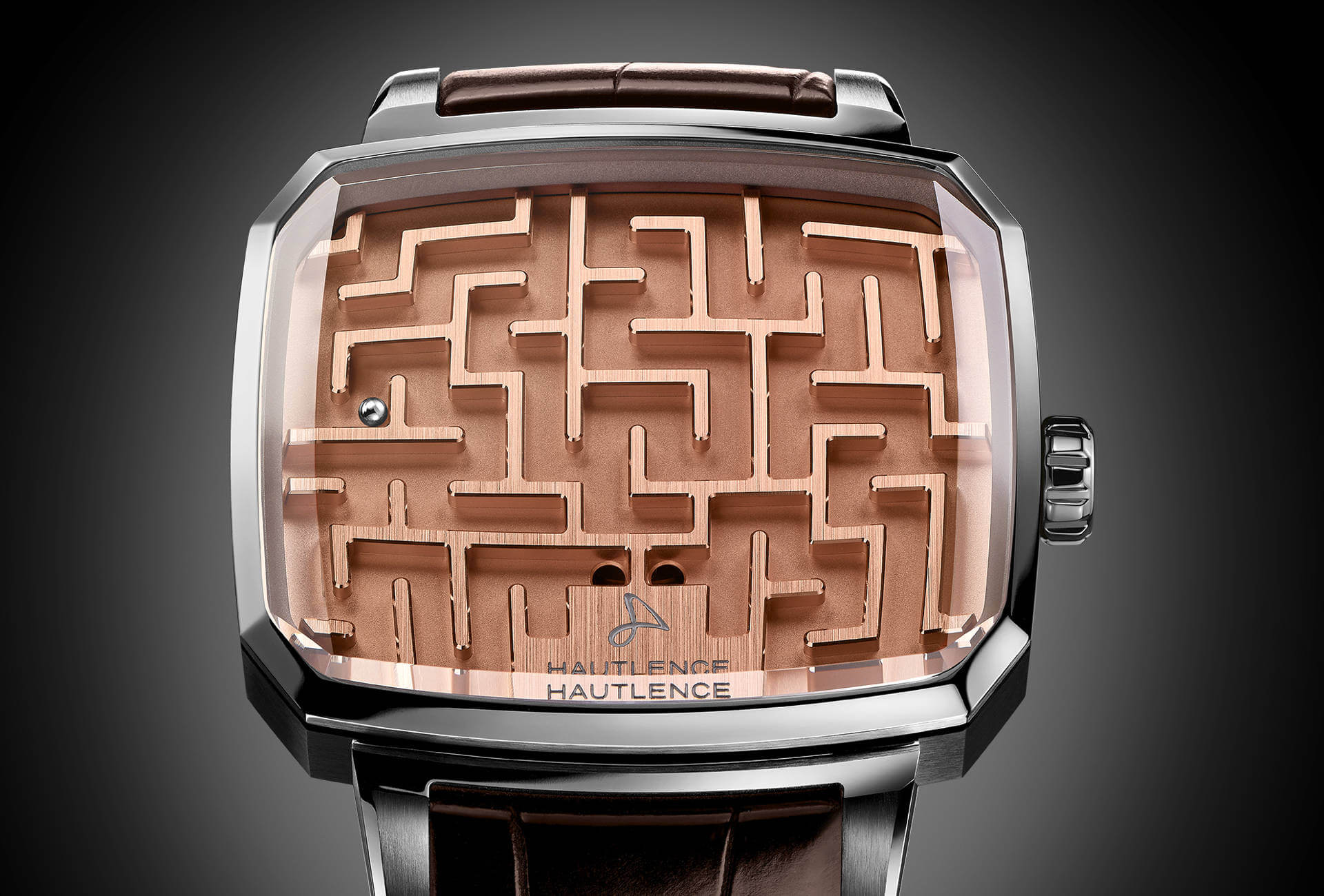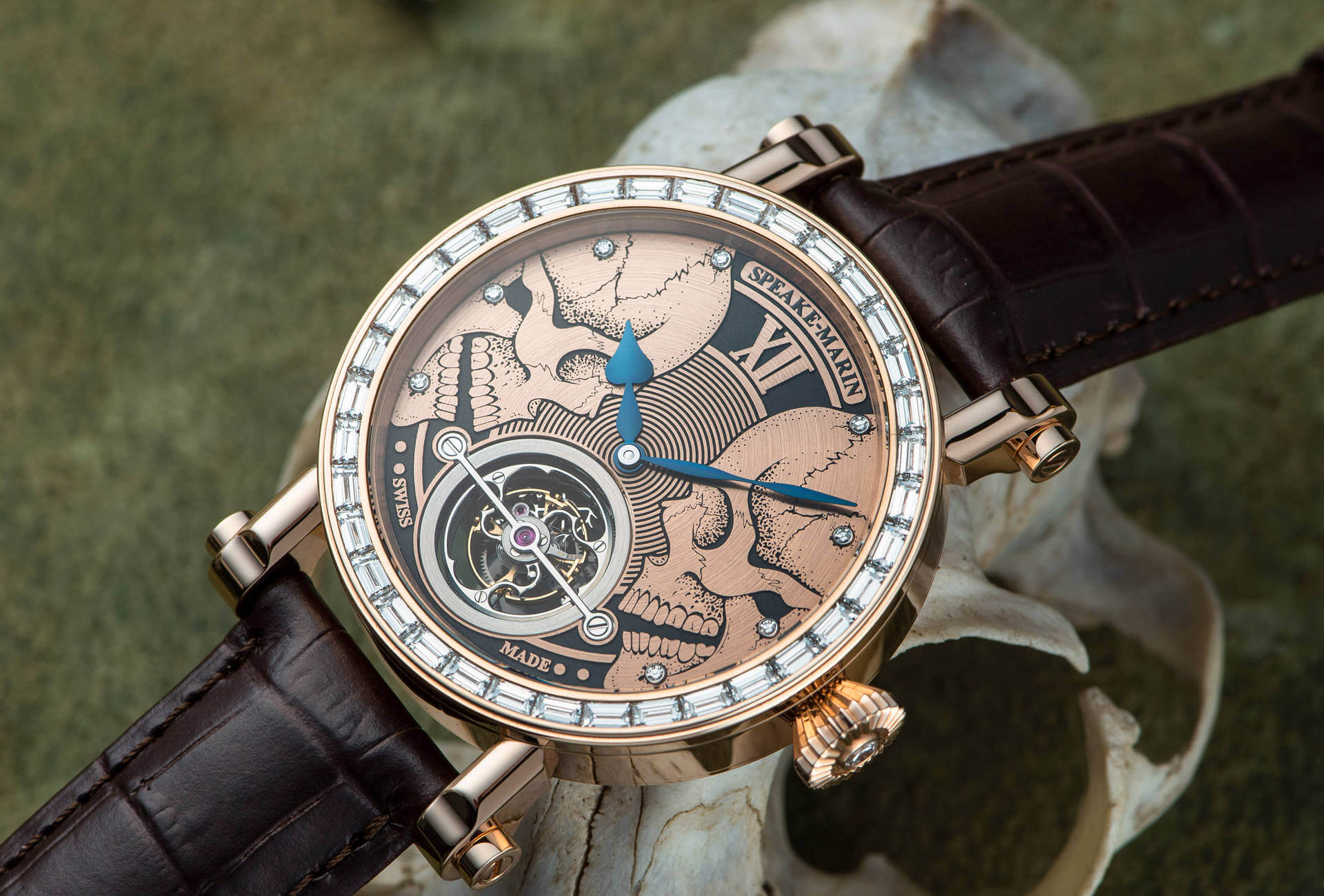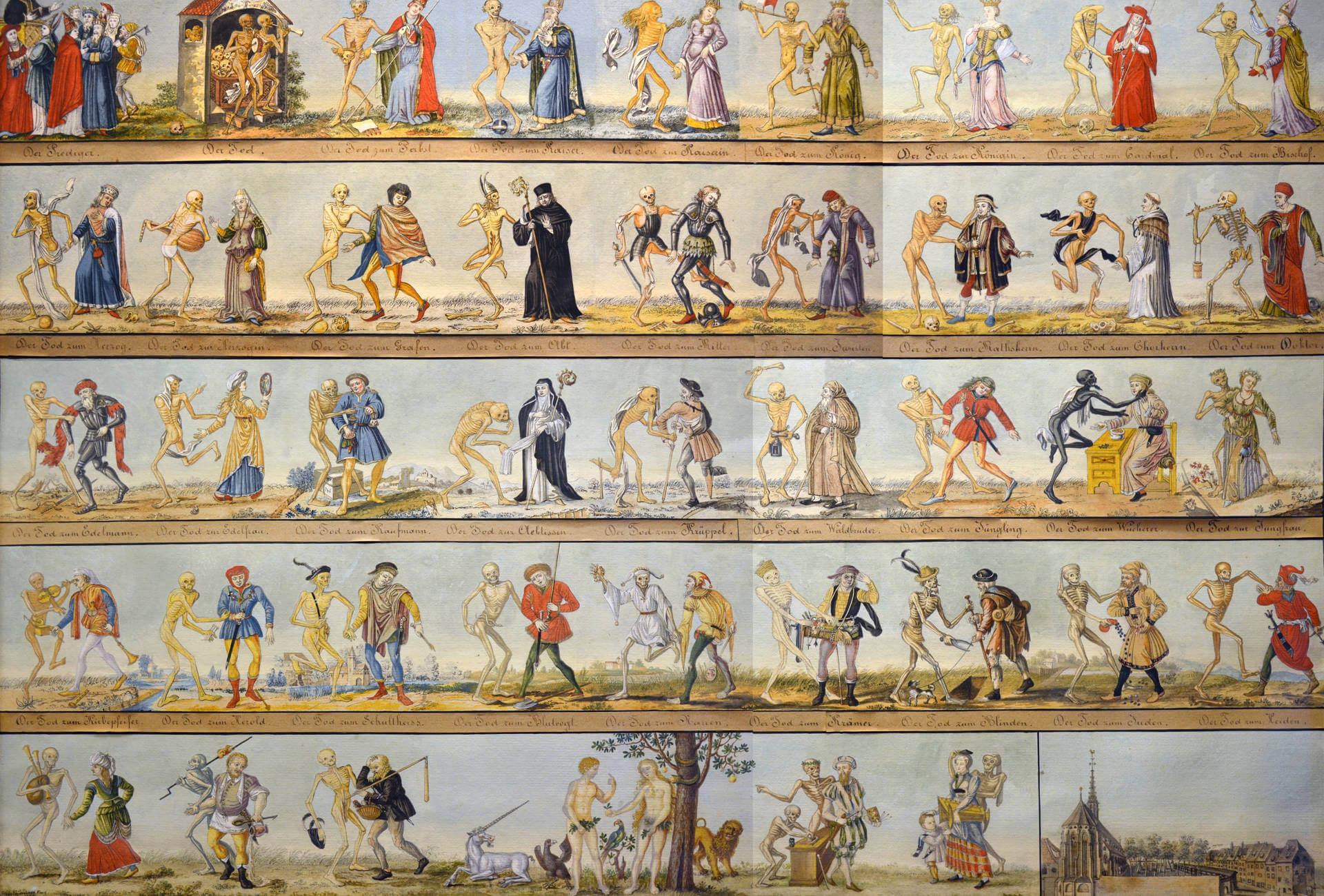“There are, apparently, watches that are worth more than a Warhol,” writes art critic Harry Bellet in an article, published in Le Monde, on the portrait production line which the New York artist ran from his aptly named Factory studio. This somewhat disdainful remark is ample proof that for the Art world, a watch can never have the same artistic pedigree as a portrait by Warhol and his assistants, and this despite their quasi industrial production and reproduction.
Artwork or artistic "exercise"?
No matter. Andy Warhol himself was a great admirer of timepieces and amassed a collection of more than 300 watches, including dozens of Cartier Tanks. In 1981, Gerry Grinberg, head of the North American Watch Corporation and Movado, asked Warhol how he felt about producing a limited-edition “art watch”. Warhol, so the story goes, got back to him a year later with an idea, after a “bunch” of watches had caught his eye. It became the Times/5, a watch composed of five rectangular cases joined together, each containing its own quartz movement, that could tell the time in five time zones simultaneously. The five dials show a series of black and white photos of a Manhattan crossroads, taken from different angles and all from the same contact print. There are no markers or numerals, no indications other than two red baton hands. Times/5 was revealed to the public at the Basel Fair in 1988; Warhol, who died in 1987, never got to see the finished product. So, is Times/5 an authentic “artwork” or merely an “exercise” in art applied to watchmaking?
If we refer back to the previous article in this series, which defined an artwork as autotelic, existing solely for the purpose of contemplation and serving no other purpose, it would be true to say this watch resembles an artwork in that its function – show the time in five time zones at once – is secondary. Times/5 is anything but ergonomic: the only way to read all five dials is by contorting the wrist. There are no indications to remind us which dial corresponds to which time zone, not to mention the complete absence of a day/night indication. All factors which undermine the object’s intrinsically horological value (by no means a “complication”) but which, paradoxically, add to its symbolic, hence artistic value. Times/5 is, in its own way, a metaphor for a multiple time zone watch. An artistic metaphor serving no functional purpose, intended for someone who, as they walk round and round a Manhattan block, may suddenly remember there is a world beyond Fifth and 23rd.
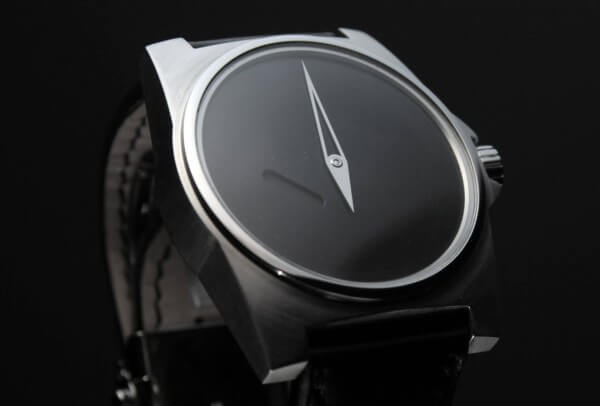
Once in a thousand years
Sticking with this idea of use value, what should we make of another artist’s watch in which said value, namely to tell the time, disappears entirely – or more exactly slows to the point of becoming imperceptible? Without the object in question ceasing to be a watch. Let’s just say the time it measures is no longer our time.
BW (short for Black Watch or Bernatchez/Winiger) is an automatic watch with a single hand on its black dial. Nothing radically original there. Except this one hand will take its time to circuit the dial. All its time. A thousand years, in fact. That’s right, a thousand years will go by before it completes a single revolution. Developed by the Canadian artist Patrick Bernatchez and Swiss independent watchmaker Roman Winiger, BW marks a non-human time. Provided it is kept wound (and occasionally serviced), while all around it grows old, perishes and turns to dust, BW continues its thousand-year countdown. In the event of an emergency, pull out the crown and a discreet aperture opens in the dial to approximately indicate the month and year in this progression along the millennial timescale.
Could it be that the most "useless" watch is also the most philosophical, disconcerting, artistic watch possible?
The watch-object thus becomes obsolete in terms of any practical or daily use. An entire lifetime passes in an infinitely tiny, barely visible segment of the dial. Because of its extra-ordinary temporality, and given the dizzying uncertainty of the information it displays, BW in all its apparent and essential simplicity transcends watch status to become an artwork, a philosophical creation, a purely mechanical memento mori, a reminder that we are but mortals. Multiple lifetimes will not suffice to witness the hand complete its journey around the dial. Could it be that the most “useless” watch is also the most philosophical, disconcerting, artistic watch possible?
Unlike Patrick Bernatchez, few artists have looked for ways to play with horology’s raw material or its function to keep track of time. Most have taken a more formal approach, “limiting” themselves to a distinctive, often colourful, dial decoration or an artistically surprising case shape. Hermès, on the other hand, proposes an interesting “artistico-philosophical” option without any input from an outside artist. Rather, it is the watchmaker himself who plays the artist.
Forget about the hours
Released in 2008, Cape Cod Grandes Heures invents “a new choreography of time” that proposes different tempi, rhythms which are more or les andante or allegro depending on the time of day. The hour numerals are no longer all present and correct at regular intervals on the dial, but clustered together, or far apart, to create a visual impression that time is accelerating or slowing down. For example, 8 and 12 rub shoulders whereas time stretches between 12 and 4, siesta time, and the “happy hours” between 6 and 8. Time is a relative concept, after all. As Philippe Delhotal, head of watch development at Hermès, says, “this watch marked Hermès’s territory in watchmaking: an imaginary time, time to take time, one could say”.
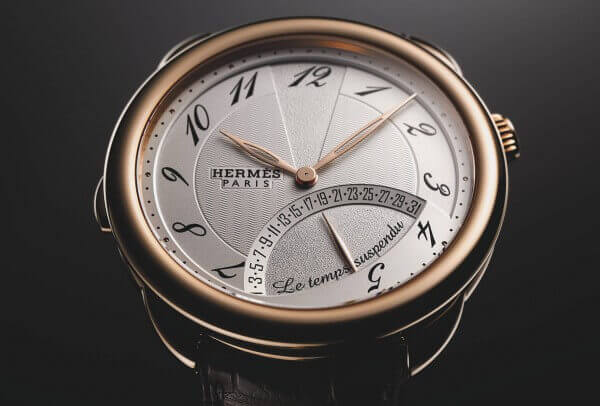
Launched in 2011, Arceau Le Temps Suspendu indeed “suspends” time by making it disappear – the hands align to show no particular time – then reappear as they instantly return to show the exact hour and minute, regardless of how long they remained frozen. Both these singular, fundamentally artistic watches have enabled Hermès to carve out its very own territory at the confluence of art, philosophy and mechanical complexity, mastered by one of the leading specialists in retrograde movements and founder of Agenhor, Jean-Marc Wiederrecht.
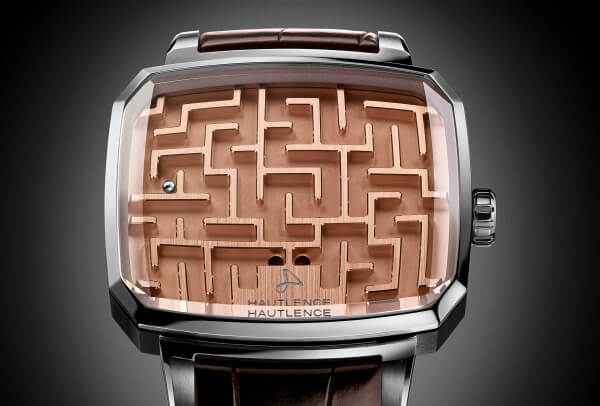
Caught in the maze of time
Must a watch completely abandon its timekeeping function to become a “true” piece of art? What “label” should we give the Hautlence Playground Labyrinth, presented at Baselworld 2016? Completely devoid of any horological function, even a hidden one, this “non-watch” is a wrist-borne object designed to test our dexterity as we run a tiny ball through a maze and drop it into a hole. The ball then resurfaces by way of a mechanical lift that is operated by the crown. So, is this a piece of art intended to take our minds away from the passing of time as we lose ourselves in its meanders, or nothing but a (rich) boy’s toy? We’ll let you decide.








